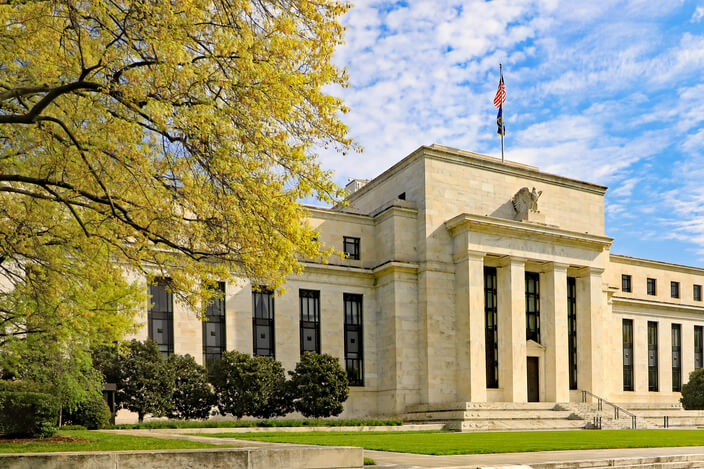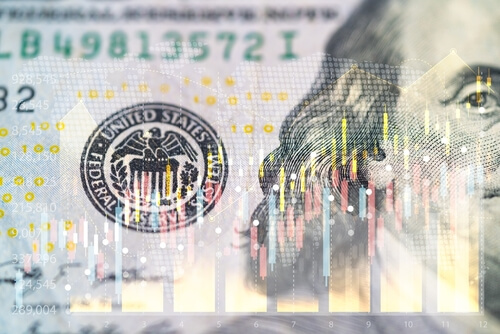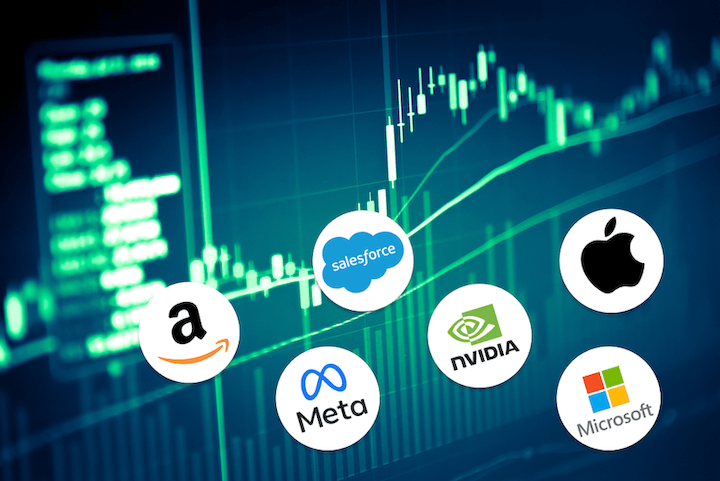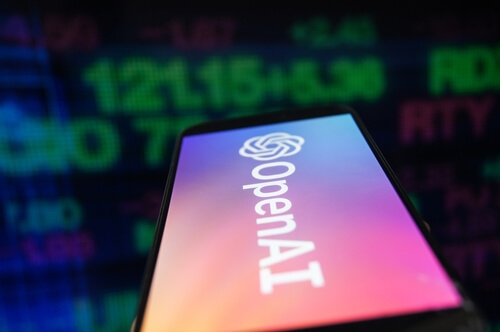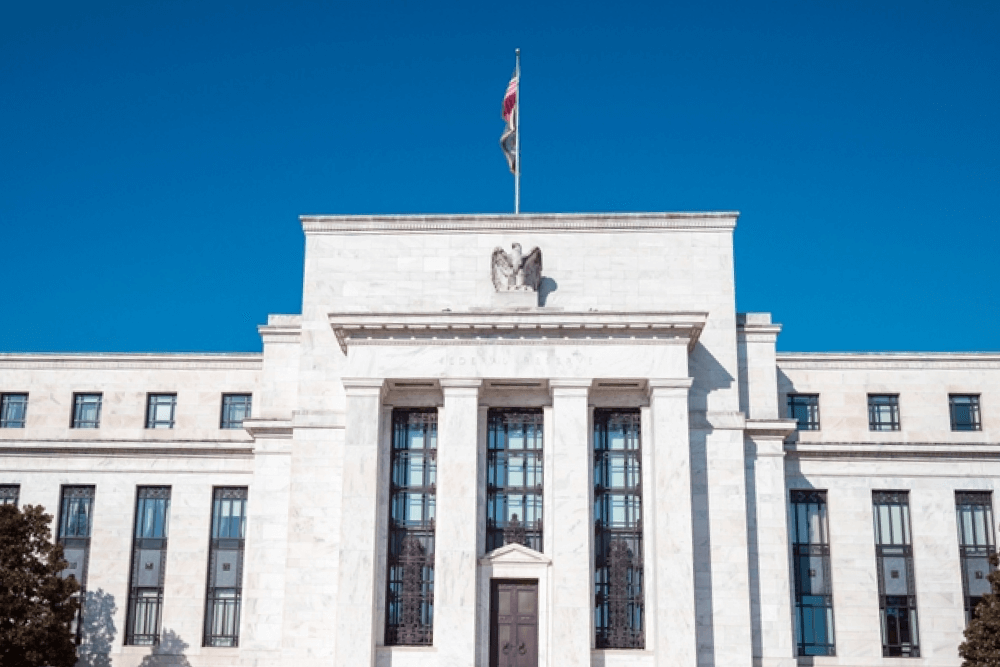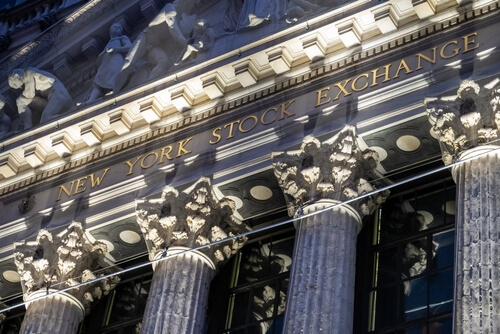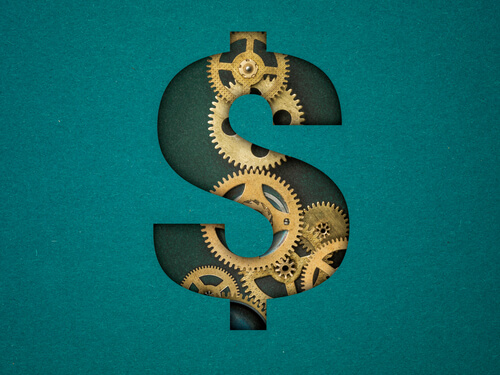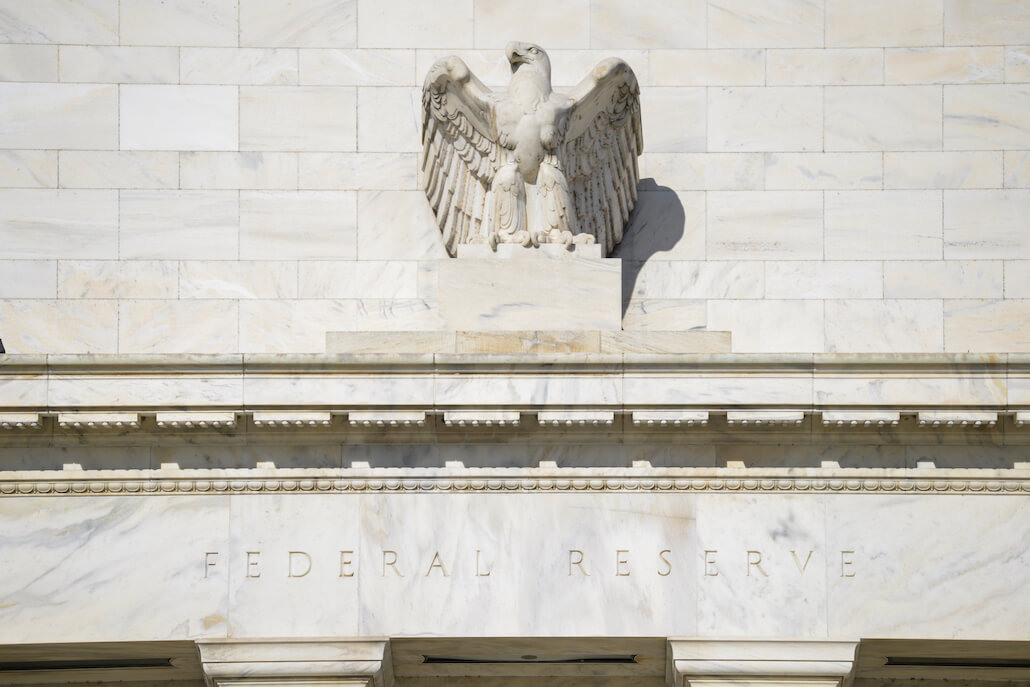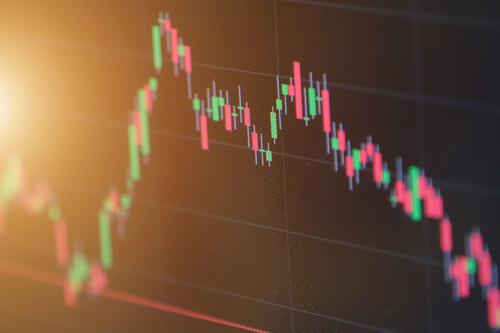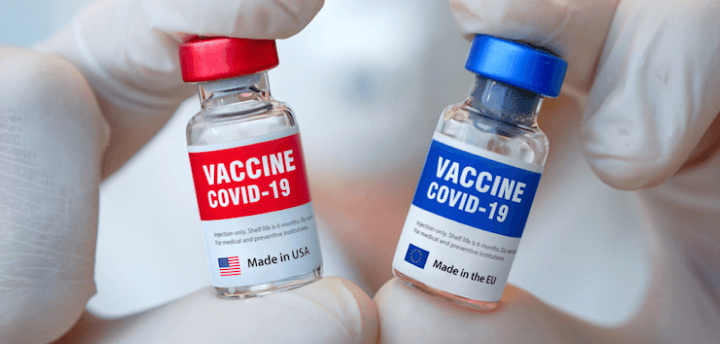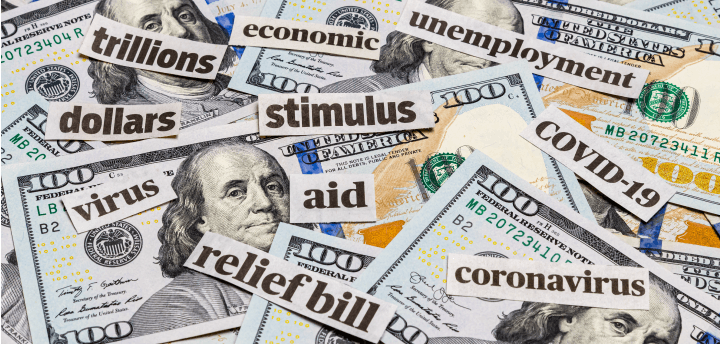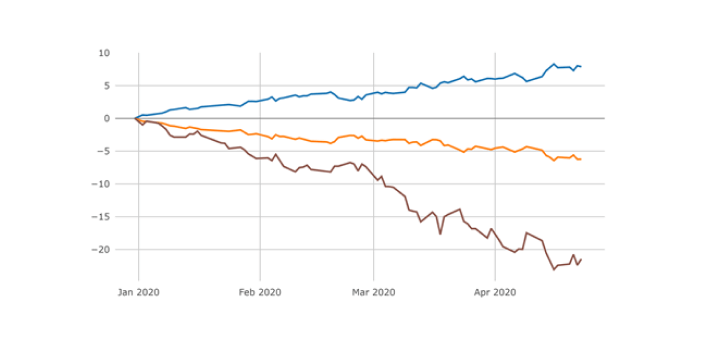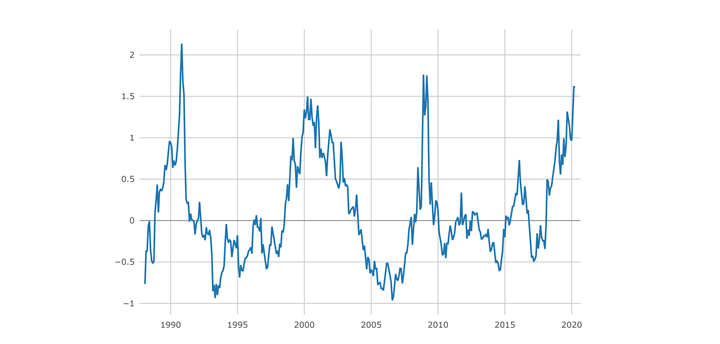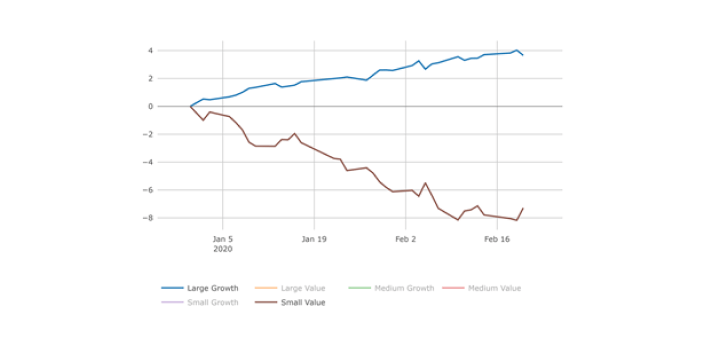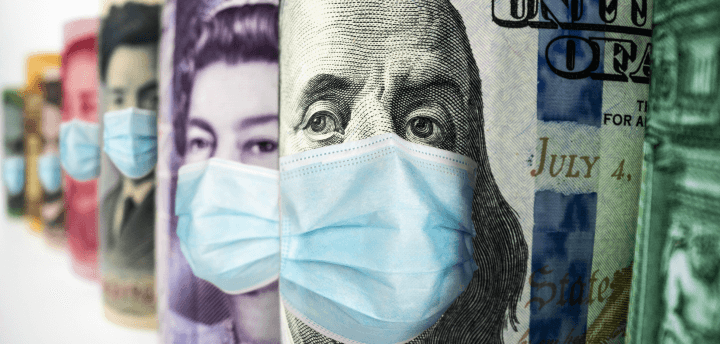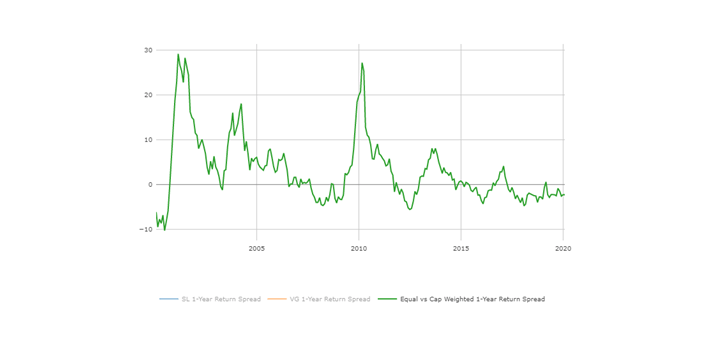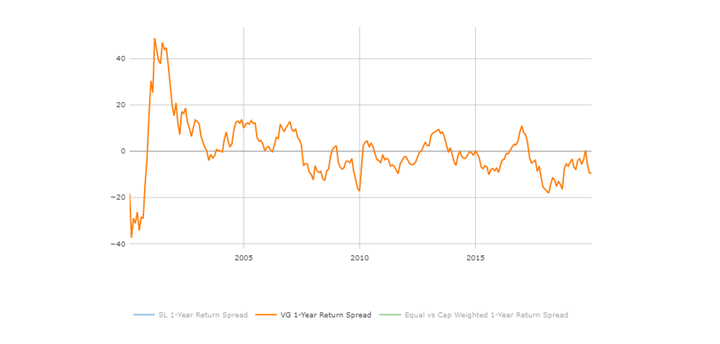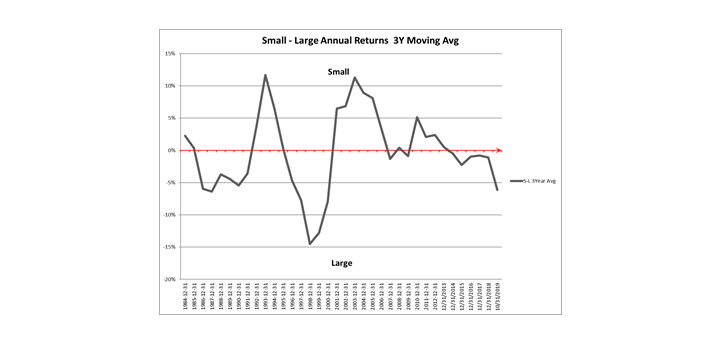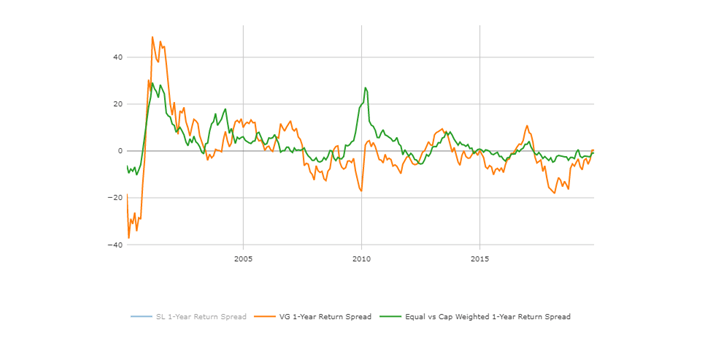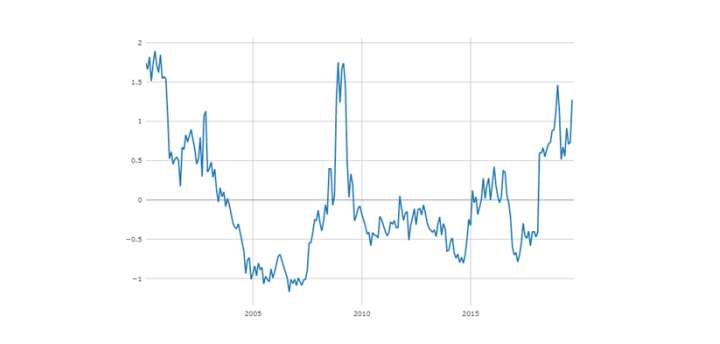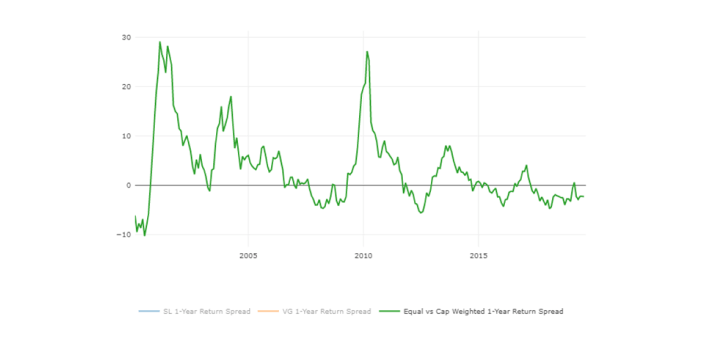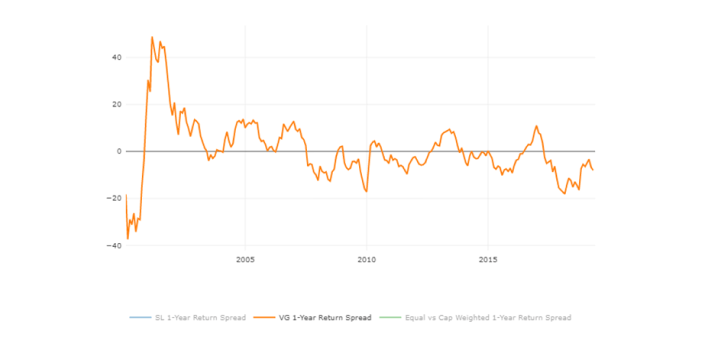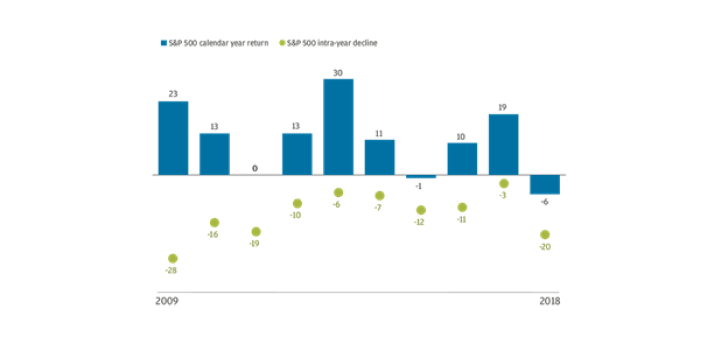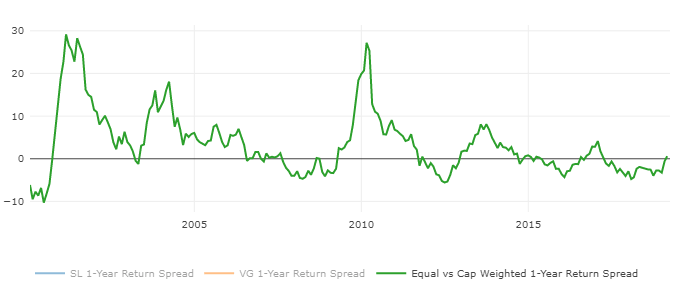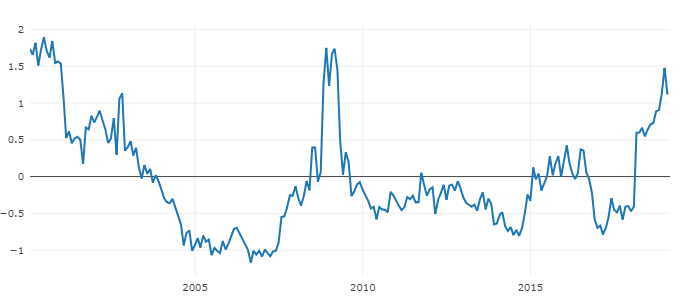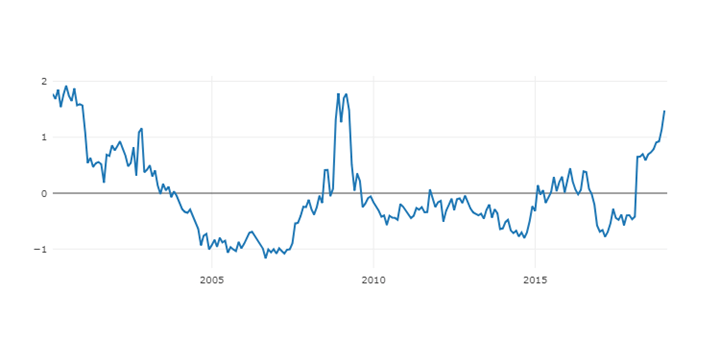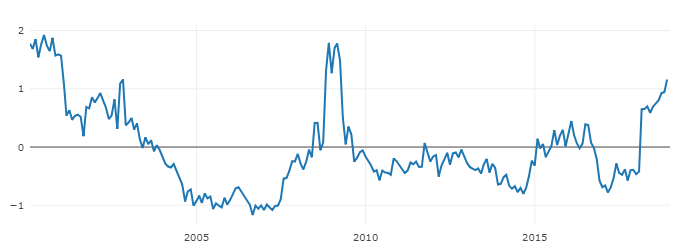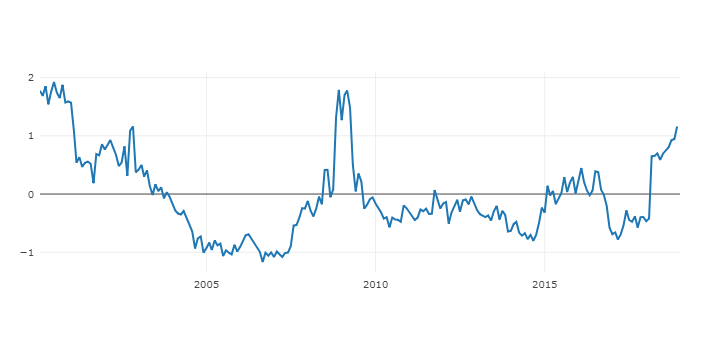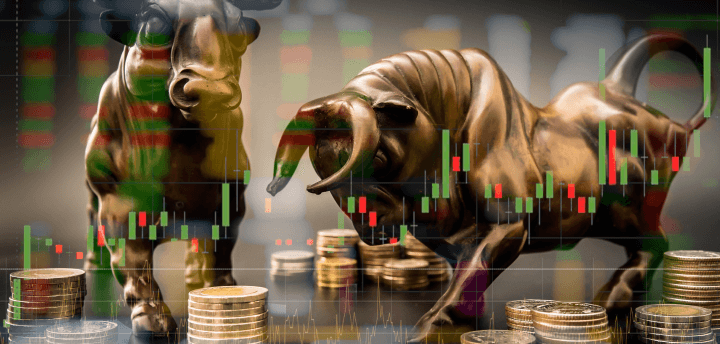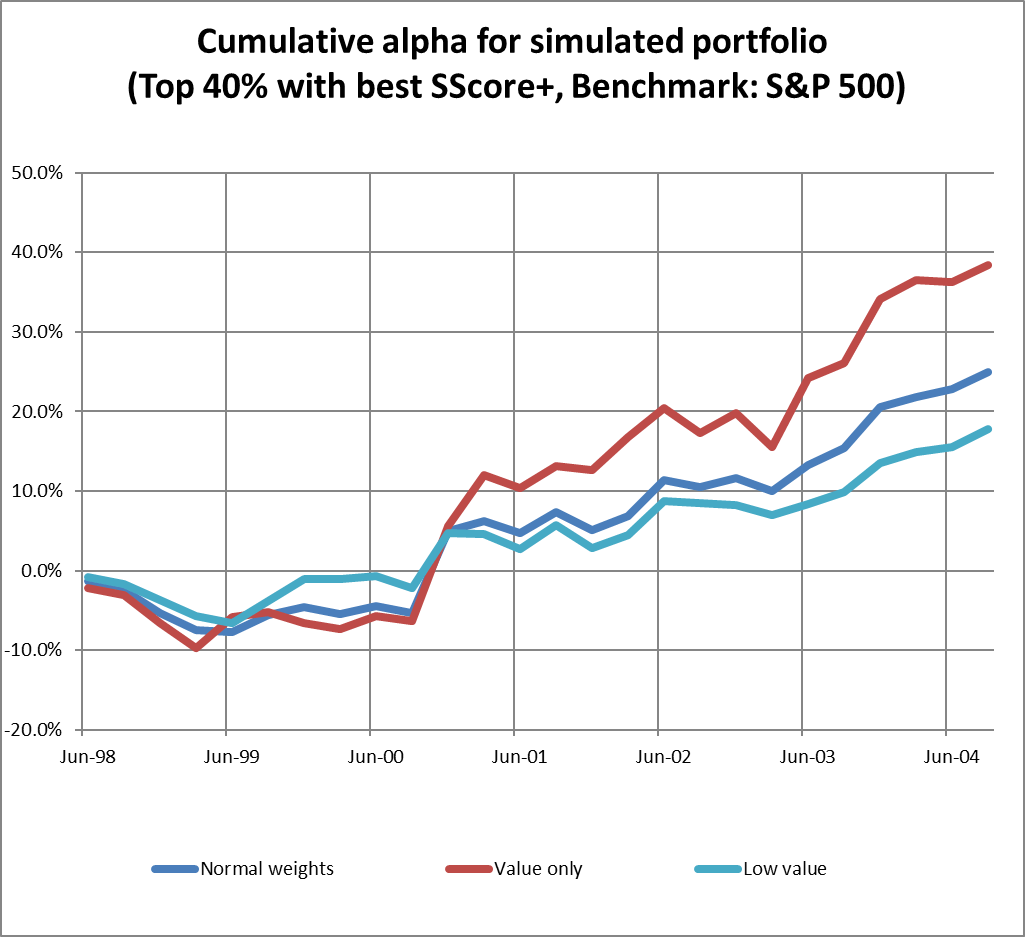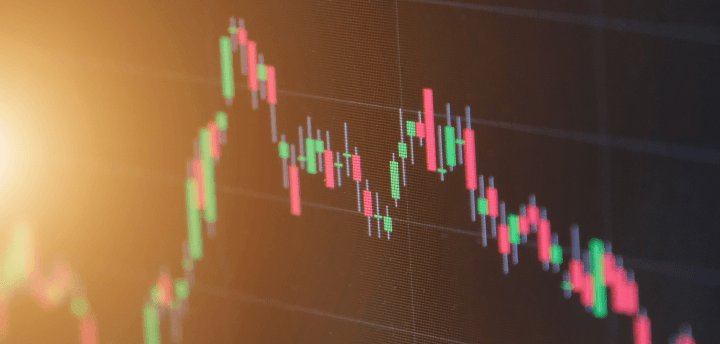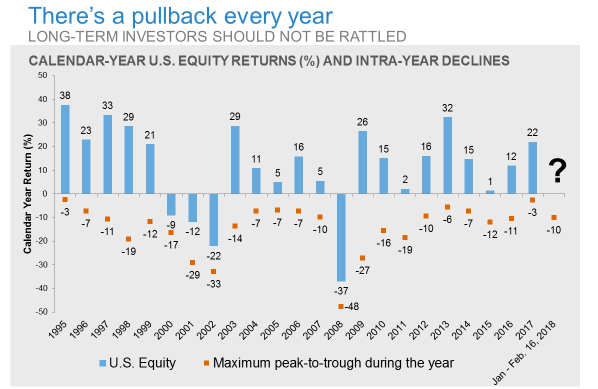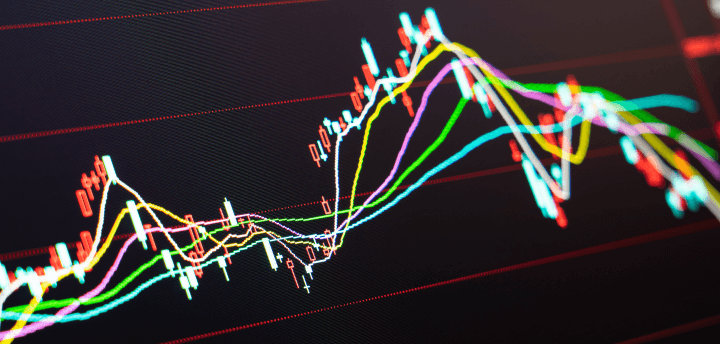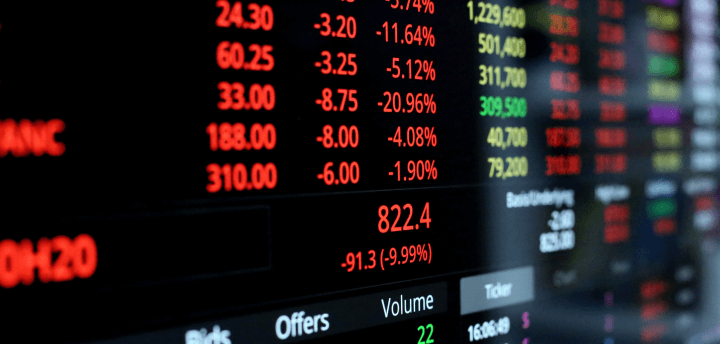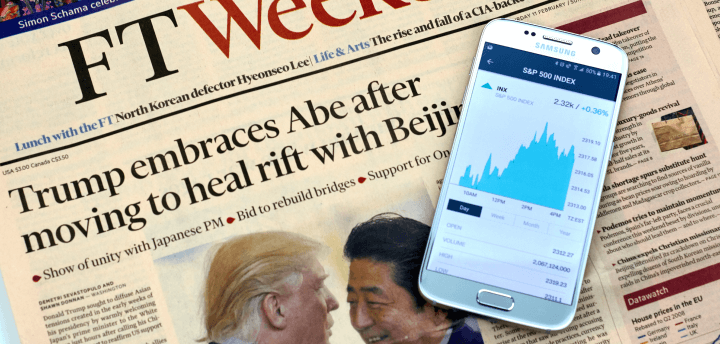US Economics
2020 turned out to be as difficult as they come. It began with a fast-spreading global pandemic, which soon would shake this nation’s economic foundation in a way not seen since the Great Depression of the 1930’s. The sudden economic distress was followed by a sharp, but partial, business recovery over the summer. In all, GDP would grow by an annualized rate of 33.1% in the third quarter and the Fed forecasts 5.6% growth in the fourth quarter. Summer also saw an increasingly bitter election and then post-campaign challenges. In the end, President-elect Biden emerged victorious and quickly faced myriad economic, political, and COVID-19-related challenges. This latter hurdle may prove less daunting with the help of indicated effective vaccines from Pfizer Inc. and Moderna, which soon should debut.
In the near term, however, lockdown restrictions are on the rise and close to 10 million US workers are likely to lose their unemployment benefits at the start of next year, amounting to an income loss of roughly $170bn annualized according to JP Morgan. Despite the clear and present dangers weighing on the near-term outlook, the consensus points to a strong rebound in the second quarter of 2021. In part, these revisions reflect the view that the damage from the second-wave of the pandemic will be short-lived. More importantly, however, there is greater conviction in the market that the pandemic will fade from the scene in the second half of 2021 as mass vaccination should begin around mid-year. In addition, one would expect weaker US growth to elicit a fiscal response. Depending on the results of Senate elections in Georgia in January 2021, we expect to see a $1 to $3 trillion US stimulus package to be enacted soon after the Biden administration takes office.
If fiscal support and the vaccine arrive on schedule, the economy is poised to escape a historically deep recession with surprisingly limited scarring effects. Goldman Sachs expects further quick job gains to lower the unemployment rate from 6.9% today to 5.3% by the end of 2021, leaving the labor market on a trajectory to reach full employment by 2024. Only at that horizon do they expect core inflation to reach 2% on a sustainable basis. Jeremy Siegel of Wharton believes inflation could be higher than 2% and reach 3-5% due to the liquidity pumped into the economy by the Fed and Treasury. Even at these levels the consensus is that the Fed will not be lifting interest rates as it aims to fight unemployment off and will maintain a business friendly stance well into the future, which is bullish for stocks.
Global Economics
Incoming data confirms that solid global growth momentum continued through October. Indeed, recent industrial activity and trade readings from the US, China, and Japan point to the global economy growing faster than the consensus current-quarter global GDP forecast. However, JP Morgan is turning increasingly downbeat on near-term growth due to the intensification of the COVID-19 outbreak. Having already projected a large GDP contraction across Europe this quarter, they now look for the US GDP to shrink 1% next quarter as the COVID-19 contagion continues to intensify. Nevertheless, the stimulus in the US, vaccinations and dovish central banks posturing are expected to deliver more than 5% average global growth in the middle quarters of 2021.
Stock Market and Portfolio Changes
Recently we conducted our regular quarterly rebalancing of all equity and dividend equity strategies. The great news on vaccines made us hopeful that the transition to broader market leadership, which took place in October just to pause in November, should resume through the end of the year and beyond. We maintain our barbell approach and have large growers which will capitalize on the current digitalization trends paired up with well-run “Back to Normal” companies with great re-evaluation potential. From a sector prospective Financials could be the biggest winners from “things going back to normal” since the reserves for bad loans will be revised from super conservative levels. Consumer Discretionary are forecasted to strongly perform on more traditional names once the economy is fully reopened. We still believe in Technology, and see potential in Industrials and Communication Services. On the defensive front we are staying neutral towards Healthcare.
Valuation spreads are still very high (See VS chart below), so we see Value continuing to outperform well into 2021. We emphasize Medium Cap at the moment. Large Cap Growth stocks have been dominating for the last few years. The concentration in the marketplace is still very elevated (see Equal vs. Market Cap Weighted chart below) and it will take meaningful mean reversion to erase mispricing based even on Price to Sales ratio – the least biased of all Value factors. We still see promising Value across all sectors. The economy has been recovering in the second half of 2020 and while resurgence in cases poses some short-term threats, the efficacy of vaccines so far makes a case for a continued recovery in 2021.
Valuation Spreads (Source – Signet FM): through October 2020
Equal vs. Market Weighted 1 Yr. Return Spread (Source – Signet FM): through October 2020
Large vs. Small and Growth vs. Value 2020 YTD (as of 11/25/2020) (Source – Signet FM):
Factor Performance (Top 2 quintiles of Large Cap Universe vs. SP 500) (Source – Signet FM):
The information and opinions included in this document are for background purposes only, are not intended to be full or complete, and should not be viewed as an indication of future results. The information sources used in this letter are: WSJ.com, Jeremy Siegel, PhD (Jeremysiegel.com), Goldman Sachs, JP Morgan, Empirical Research Partners, Value Line, Ned Davis Research, First Trust, Citi research and Nuveen.





